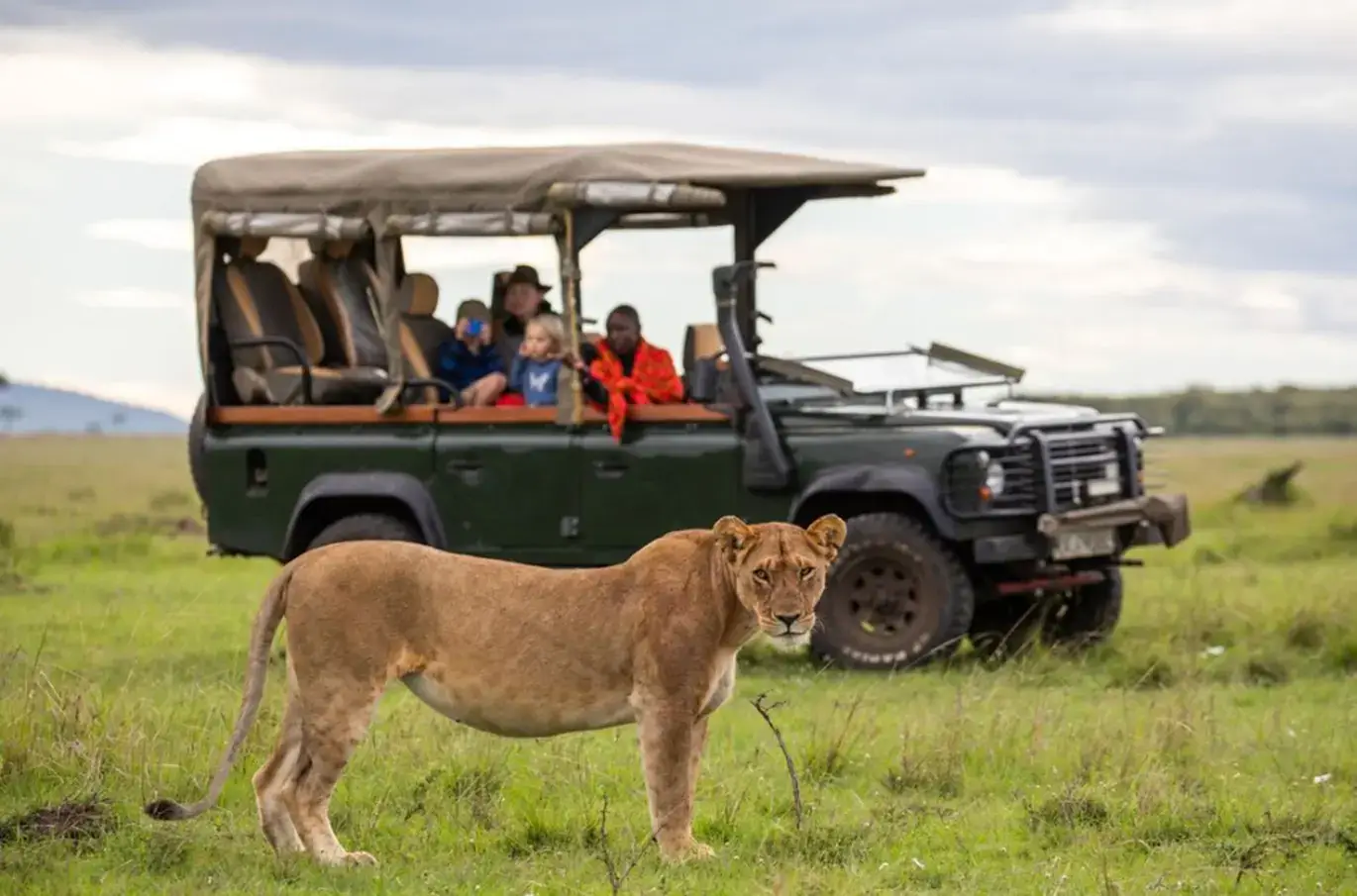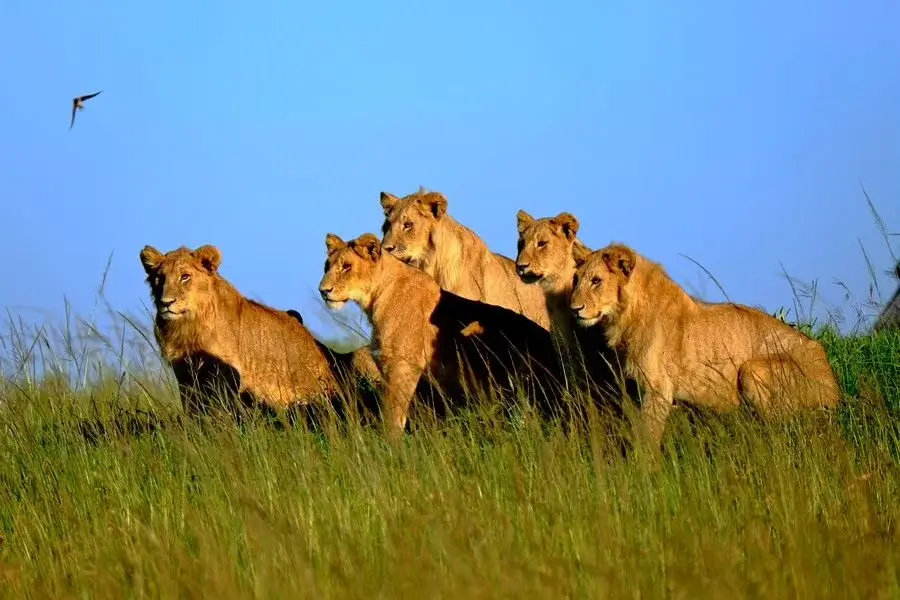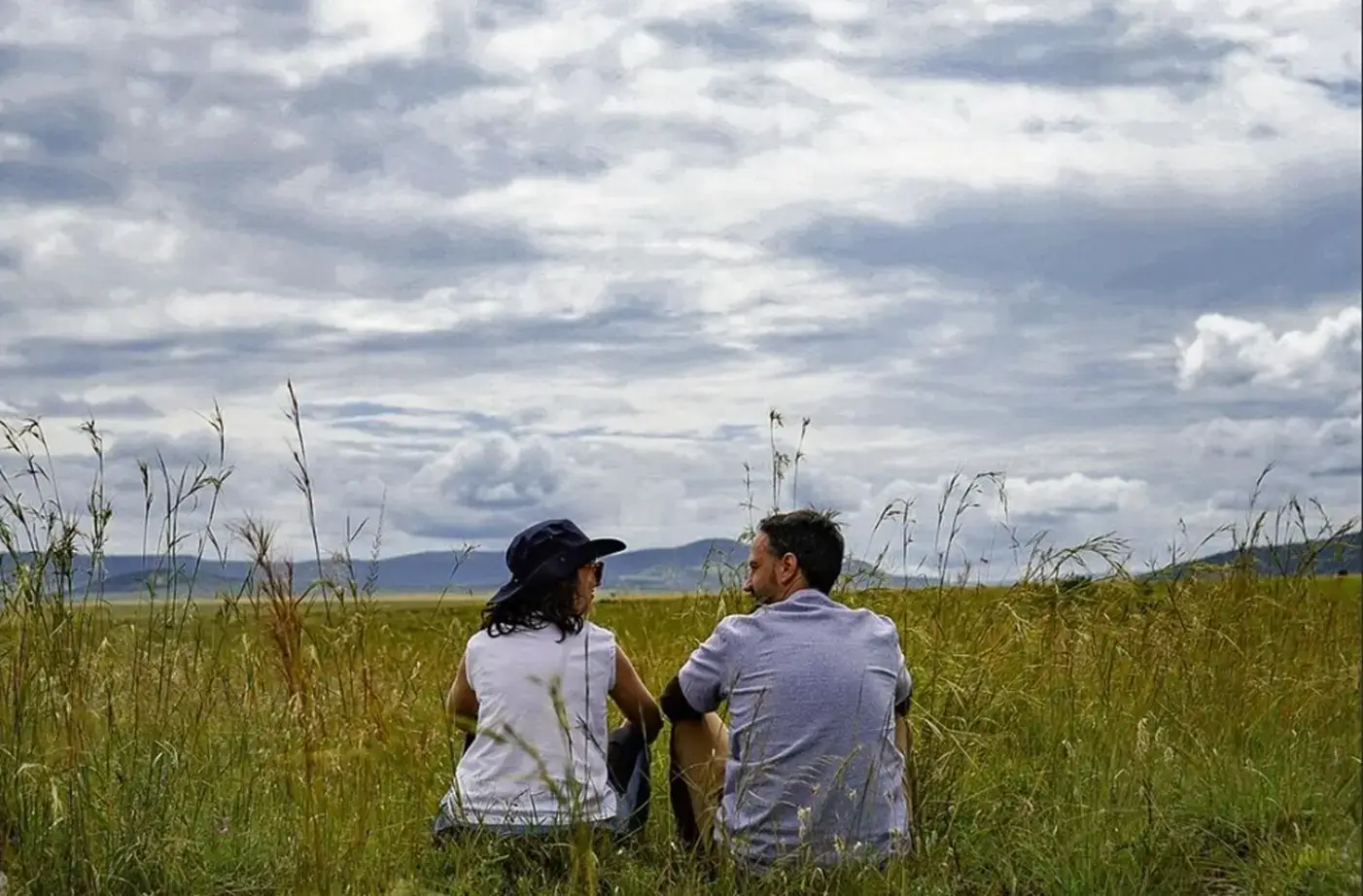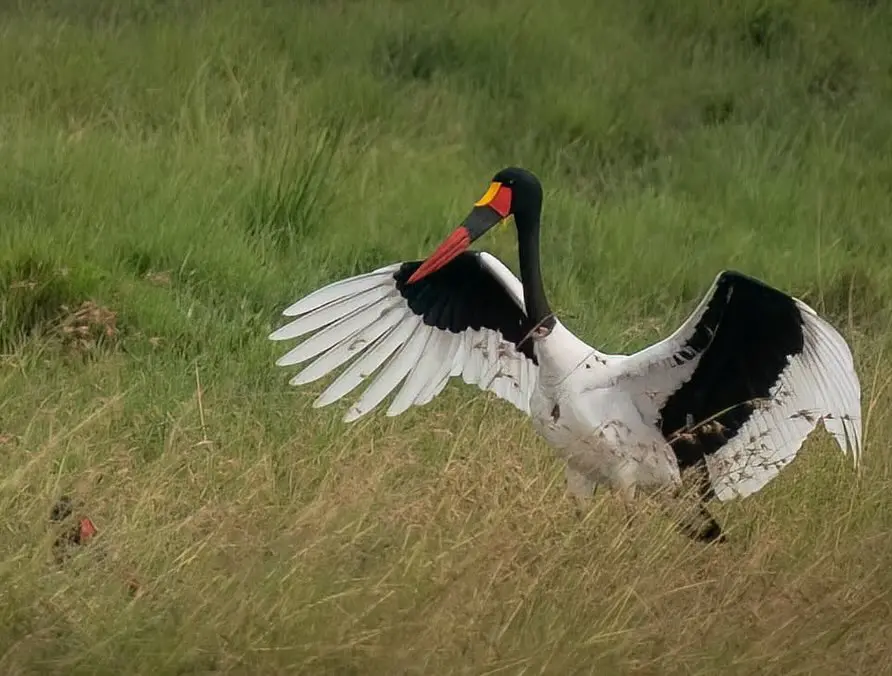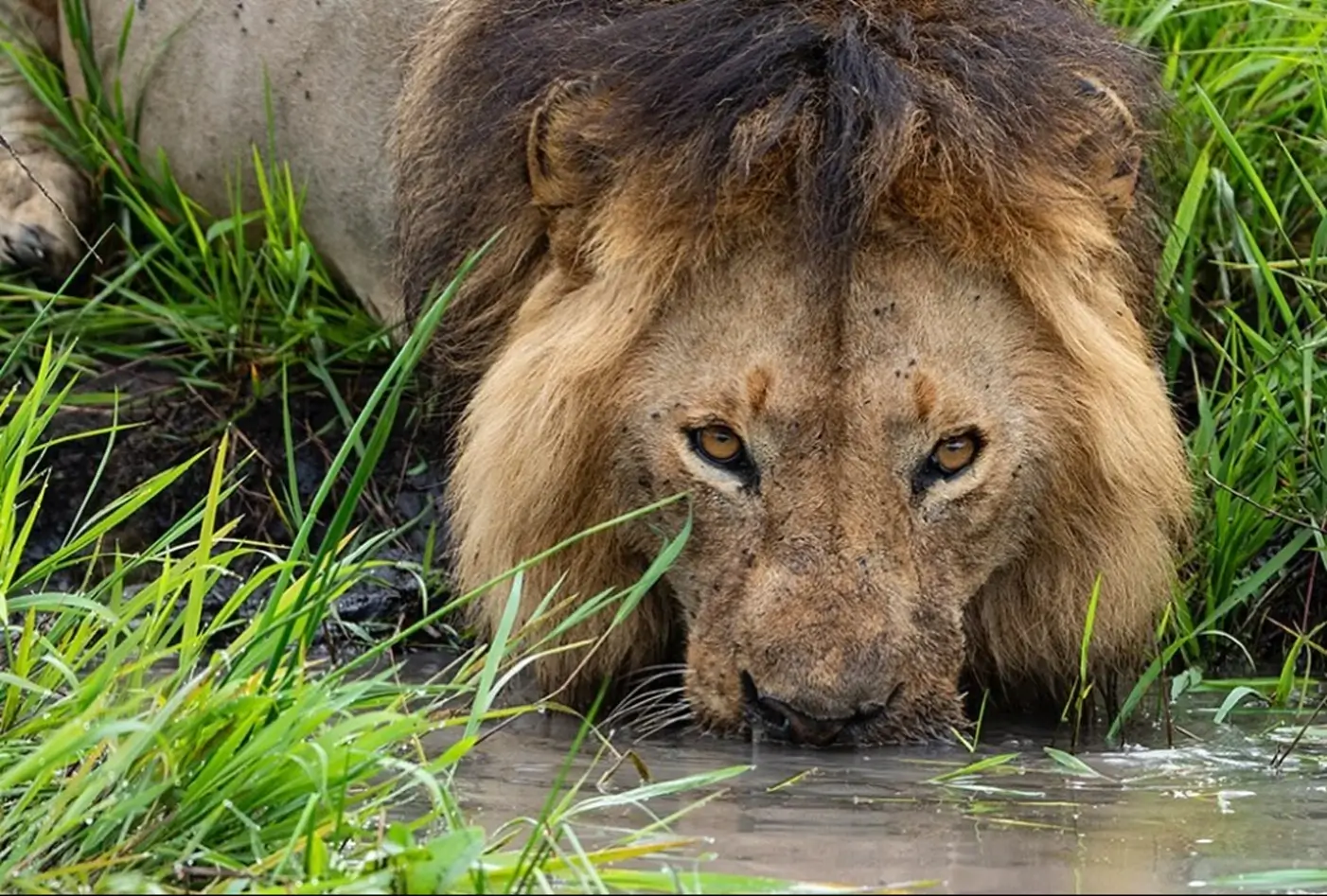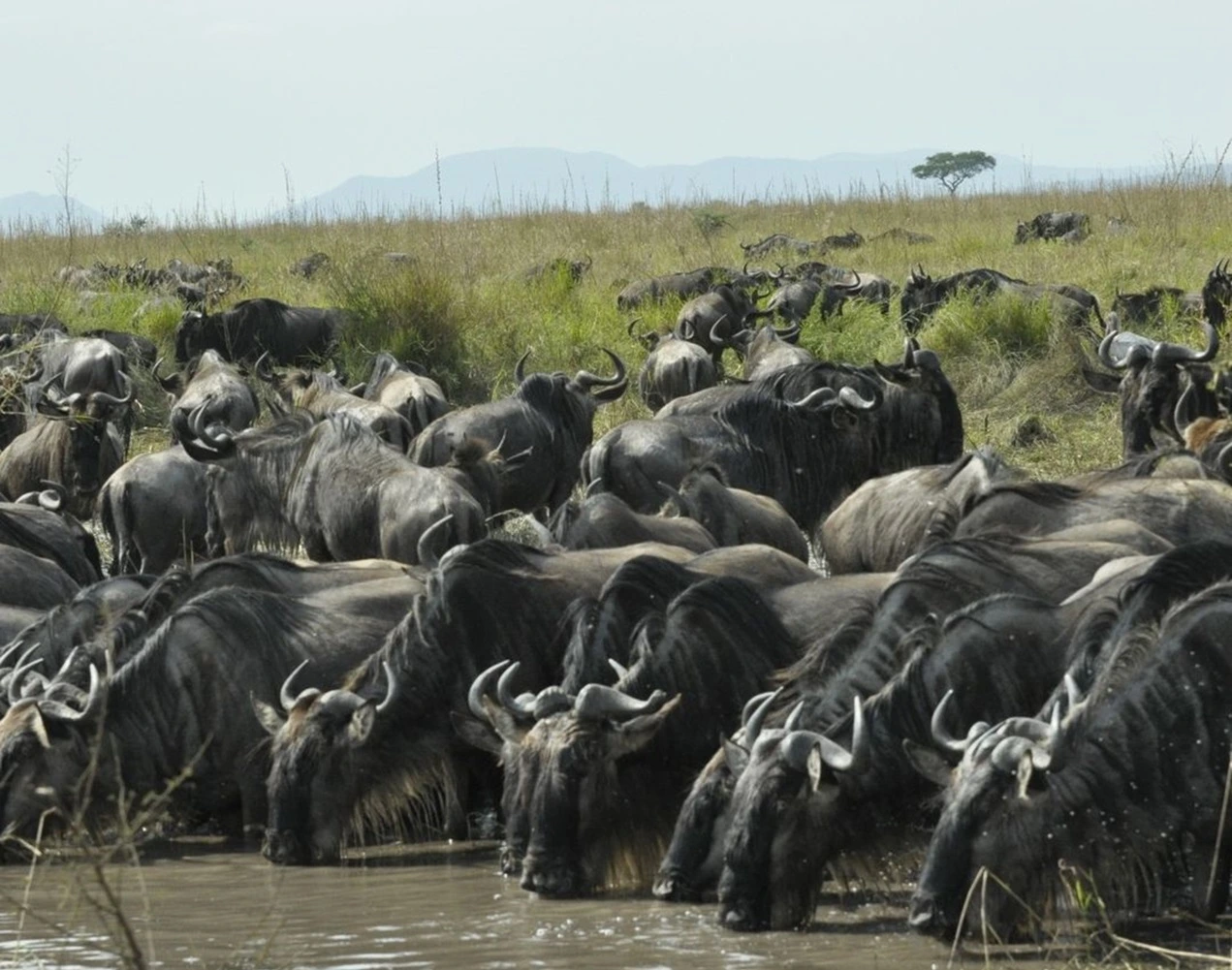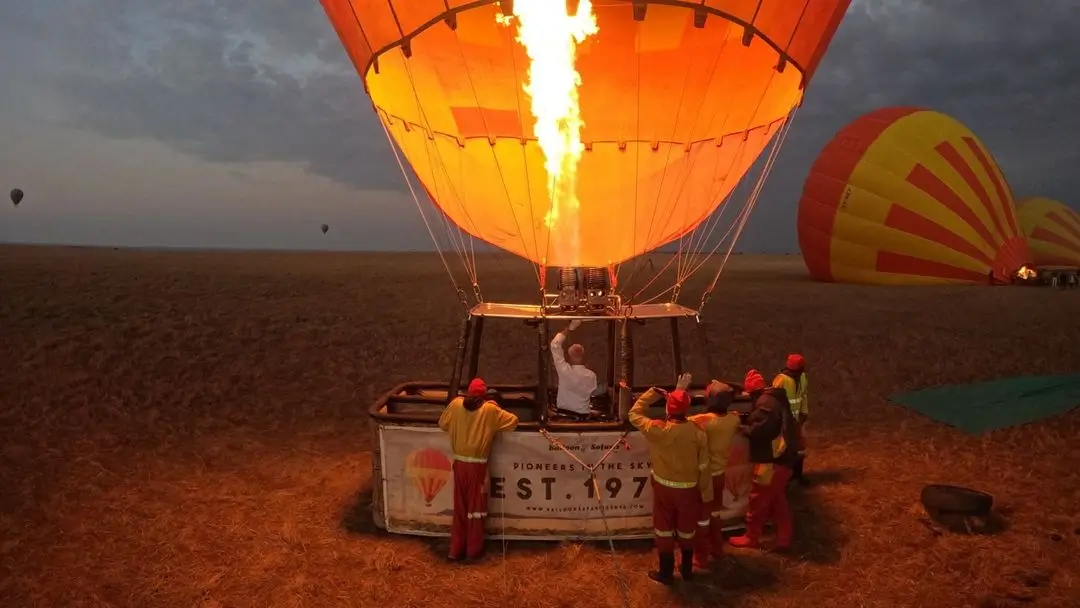
The best time to visit Masai Mara National Reserve for a hot air balloon safari is between June and October. The months of June, July, August, and October are generally dry and calm, ideal for hot air balloon safari.
This period offers ideal weather conditions with clear skies, calm winds, and excellent visibility, making it perfect for smooth balloon rides and wildlife viewing.
Other months, such as the short rainy season (November to December), bring lush scenery and unique experiences, the dry months stand out for their consistency in flying conditions, spectacular views of the Great Migration, and optimal lighting for photography.
Optimal Weather for Hot Air Ballooning (June to October)
The dry season from June to October is widely regarded as the best time for hot air balloon safaris in the Masai Mara. During this period, the weather is calm and stable, offering clear skies and minimal chances of rain, which are essential for a smooth and safe flight.
Early morning conditions—when most balloon safaris take place—are particularly favorable, with cooler temperatures and gentle winds that ensure a controlled and comfortable experience for passengers.
These months not only provide reliable weather but also showcase the Mara's landscape at its most beautiful, with shorter grasses and open plains that enhance visibility from the air.
This makes it easier to spot a wide variety of wildlife, including elephants, giraffes, lions, and, most notably, the massive herds of the Great Migration
Best Time to View Wildlife from the Air at Masai Mara

One of the most exciting aspects of a hot air balloon safari in the Masai Mara is the incredible opportunity for wildlife viewing, and this is especially true during the Great Migration, which takes place from July to October.
During these months, millions of wildebeest, zebras, and other herbivores traverse the Mara in search of greener pastures, creating a breathtaking spectacle that's best observed from the air.
The dry season, with its shorter grasses and clearer landscapes, makes it easier to spot wildlife from the balloon, giving you unobstructed views of the herds below.
Even outside the migration period, we have seen the Masai Mara teeming with wildlife year-round. Elephants, giraffes, lions, and a variety of other animals can be seen roaming the plains, making every balloon ride an adventure, regardless of the season.
Best Time for Unique Experiences in a Hot Air Balloon Safari
The short rainy season from November to December offers some unique experiences when going for a hot air balloon safari. We have experienced that during this time, the Masai Mara transforms into a lush, green wonderland.
The vibrant landscape contrasts beautifully with the wildlife, making it a breathtaking sight from the balloon.
Our interaction with local guides has shown that even though there are occasional morning showers, flights often still proceed once the skies clear. The result is an unforgettable ride, with a rare opportunity to see the Mara at its most lush and vibrant.
For those looking for a different perspective, this time offers a magical view that’s hard to match.
Here’s a breakdown of what makes each season unique for a hot air balloon safari:
|
Season |
Unique Experience |
|
June to October |
Best for wildlife, clear skies, and Great Migration views. |
|
November to December |
Lush green landscapes, vibrant scenery, and occasional migratory birds. |
|
April to May (Low Season) |
Fewer crowds, lower rates, but less predictable weather. |
Best Time for Birdwatching from the Balloon
The best time for birdwatching from a hot air balloon at Masai Mara is from November to May. This is the wet seasons and it offers a different yet equally captivating experience.
The period is ideal for birdwatching because the migratory birds flock to the Masai Mara, filling the skies with color. From the air, you can spot a variety of bird species, many of which are rarely seen during the drier months.
Though the weather can be unpredictable, our guides have pointed out that the greener landscape enhances the beauty of the experience. The contrast between the vibrant plant life and the movements of birds across the plains provides a serene and peaceful experience that’s unique to this time of year.
Low-Season For Hot Air Ballooning at Masai Mara
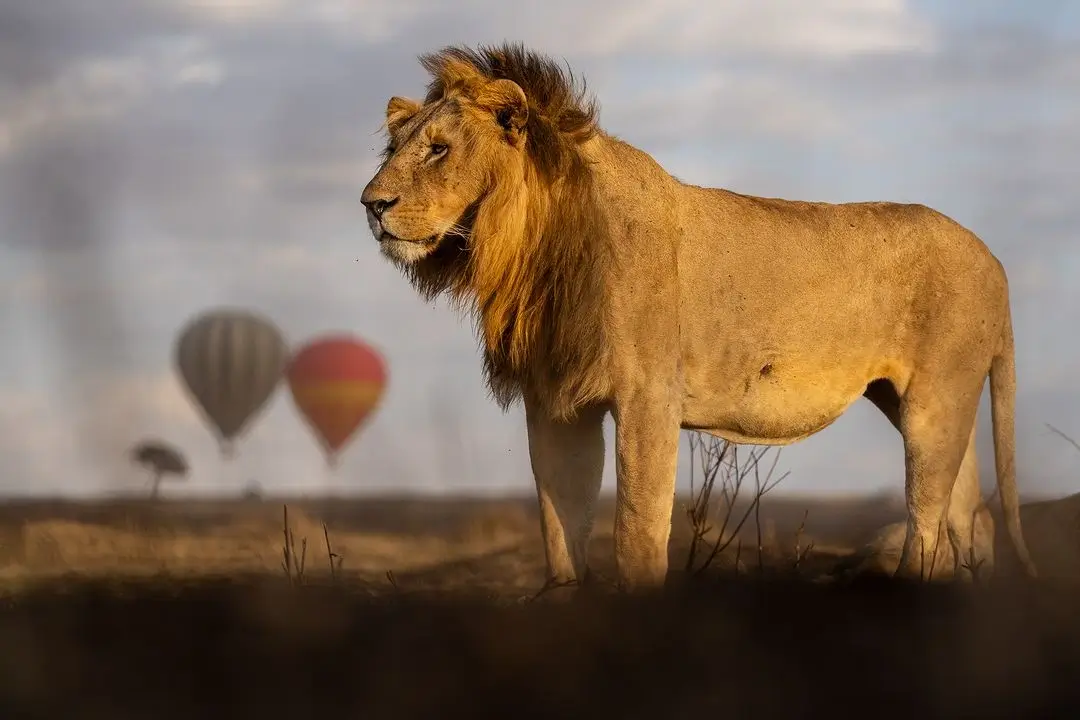
The long rainy season, from April to May, is often considered the low season for tourism in the Masai Mara. However, we have noticed that this time presents unique advantages for those seeking a quieter and more budget-friendly balloon safari.
With fewer visitors in the park, the experience feels more personal, and rates for balloon safaris are often lower.
It may be challenging to get a flight during the long rainy season. When the skies clear, the contrast between the lush green landscape and the wildlife is nothing short of stunning.
Our interactions with experienced guides confirm that when conditions allow, the views during the rainy season can be some of the most striking, as the vibrant greenery showcases the Mara’s natural beauty in a way that isn’t seen during the dry season.
The low season time for ballooning is ideal for travelers who want to enjoy the Mara without the crowds, offering a more peaceful and intimate hot air balloon safari experience.
Best Time for Aerial Photography from Hot Air Balloon
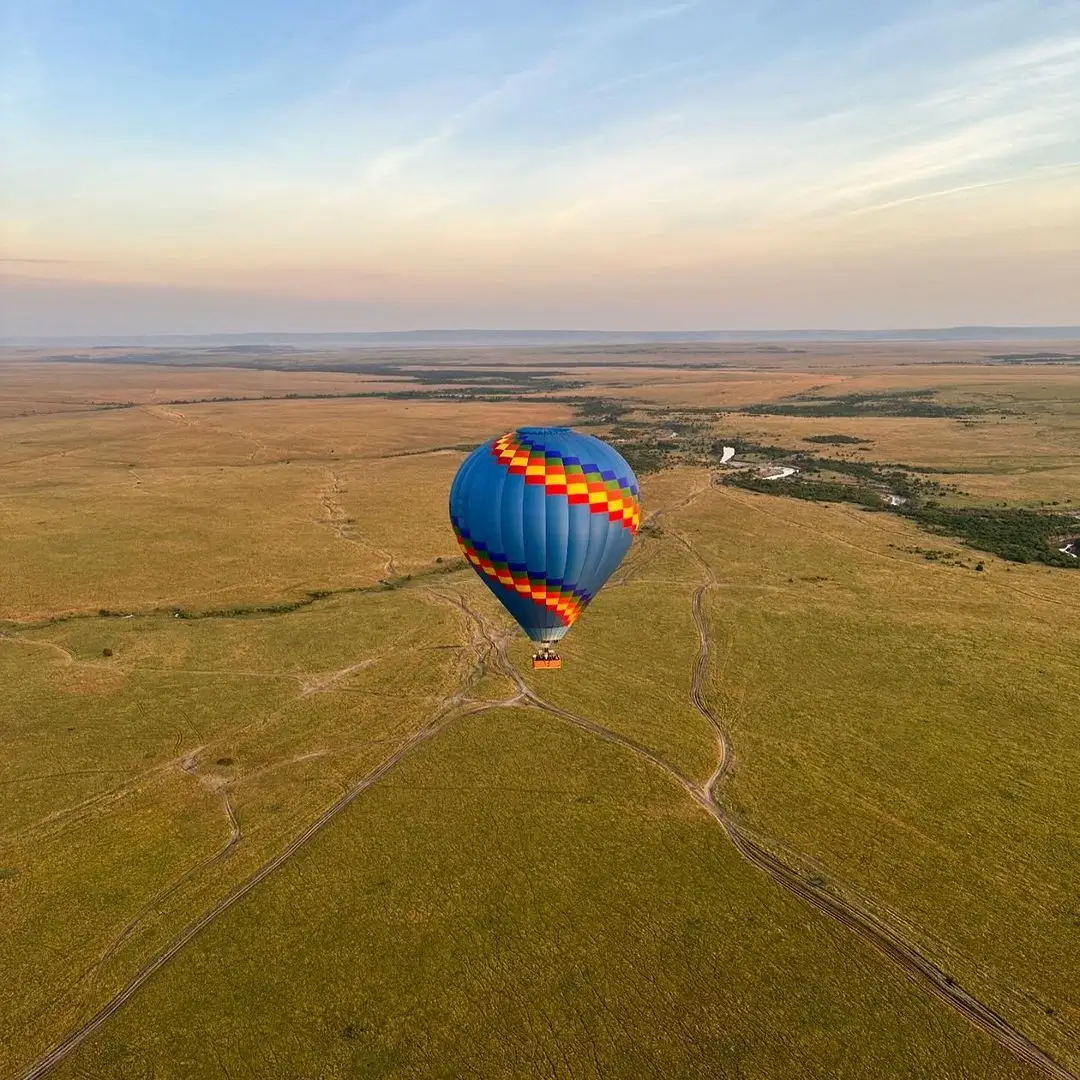
The best time to take aerial photos from a hot air balloon at Masai Mara is from June to October. The clear skies during this period provide perfect lighting conditions, especially in the early morning when the flights typically take off.
The soft, golden light at dawn enhances the beauty of the landscape, casting shadows and highlighting the contours of the plains and rivers below.
We have also found that this is also the best time for photographing wildlife, especially during the Great Migration, where you can capture breathtaking images of large herds moving across the savannah.
The shorter grass and lack of haze make it easier to spot and photograph animals in their natural habitat, ensuring you leave with incredible shots.
